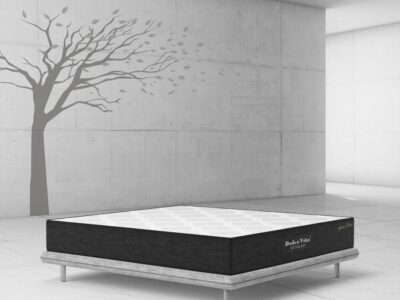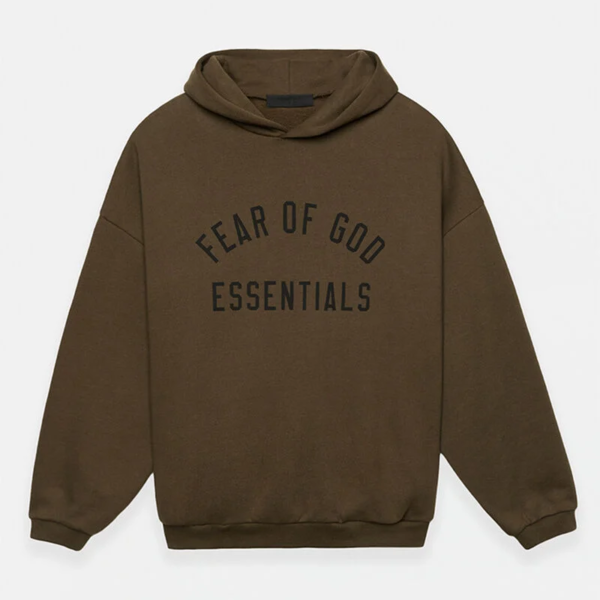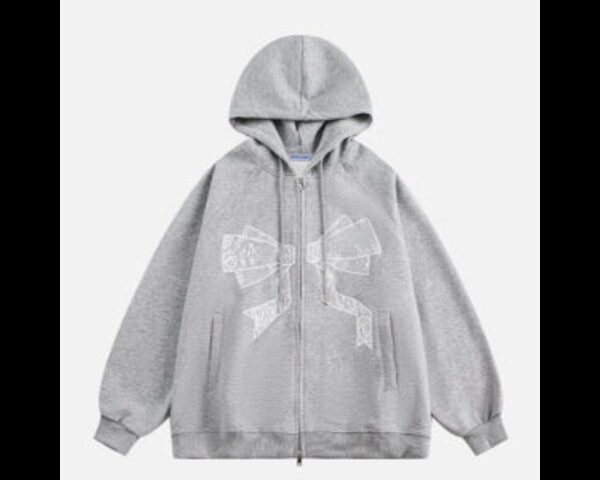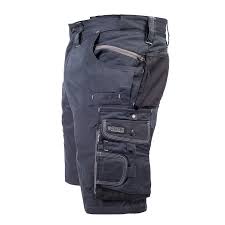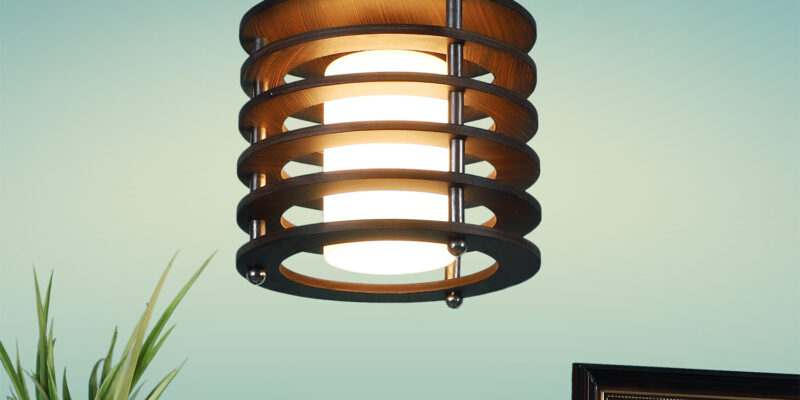
Hanging lights have evolved from mere functional fixtures to essential design elements that significantly impact the ambiance and style of any space. Whether gracing a cozy dining area, illuminating a spacious living room, or accentuating a sleek kitchen, the choice of materials in hanging light fixtures plays a crucial role in defining their character and effectiveness. This article delves into the different materials used in hanging light designs, examining how they affect aesthetics, durability, and overall impact on interior decor.
1. Metal

Metal is perhaps the most versatile material for hanging lights, offering a combination of durability, style, and finish options that suit various decor themes.
Types of Metals
- Stainless Steel: Known for its sleek, modern appearance, stainless steel fixtures are often used in contemporary designs. They are resistant to corrosion and tarnish, making them a long-lasting choice.
- Brass: Brass fixtures lend a classic, elegant touch to interiors. The warm golden tones can enhance vintage or traditional decor, making them a popular choice for chandeliers and pendants.
- Copper: Offering a unique reddish hue, copper fixtures can create a warm and inviting atmosphere. Over time, copper develops a patina, adding character to the light fixture.
- Aluminum: Lightweight and often available in various colors, aluminum is frequently used in modern and industrial designs. Its malleability allows for intricate shapes and designs.
Aesthetic Appeal
Metal fixtures can range from sleek and minimalist to ornate and vintage, making them suitable for various decor styles. They can be finished in multiple ways, such as brushed, polished, or matte, each affecting the light’s reflection and the room’s overall mood.
Durability
Metal is robust and resistant to wear and tear, making it ideal for high-traffic areas. It’s also relatively easy to maintain; a simple wipe down with a soft cloth can keep metal fixtures looking new.
Examples
- Industrial Style: Raw metal pendant lights often feature exposed bulbs and a simple, utilitarian design, which complements industrial decor.
- Polished Brass: A polished brass chandelier can serve as a stunning centerpiece in a dining room, adding a touch of luxury without overwhelming the decor.
2. Glass

Glass is a classic choice for hanging lights, providing a sense of lightness and sophistication.
Variety of Styles
Glass can be clear, frosted, colored, or patterned, allowing for a broad range of designs from minimalist to decorative. Clear glass fixtures create an airy feel, while frosted or colored glass can add depth and warmth to a room.
Light Diffusion
Depending on the finish, glass can diffuse light beautifully, creating a warm and inviting glow in the space. Frosted glass shades are particularly effective at softening harsh light, making them ideal for areas where a cozy atmosphere is desired.
Maintenance
Glass fixtures are typically easy to clean, although they may require regular dusting to maintain their clarity. It’s important to choose glass fixtures that are easy to access for cleaning, especially in higher placements.
Examples
- Clear Glass Globes: These fixtures can provide a modern look and are often used in clusters for a striking visual effect.
- Colored Glass Shades: Stained or colored glass shades can enhance a vintage or artistic flair, creating visual interest.
3. Fabric

Fabric hanging lights offer a unique blend of warmth and texture that can soften a space.
Textile Choices
Common fabrics used include linen, cotton, and silk. The choice of fabric greatly influences the fixture’s overall aesthetic and the type of light it emits.
Light Filtering
Fabric can filter light, creating a softer, more ambient glow compared to harder materials. This quality makes fabric shades ideal for living spaces and bedrooms, where a cozy atmosphere is essential.
Design Versatility
Fabric shades come in various colors, patterns, and textures, making them a versatile choice for different decor themes. They can be easily changed to reflect seasonal trends or personal preferences.
Examples
- Drum-Shaped Fabric Shades: These can lend a contemporary touch and are often used in modern interiors.
- Patterned Fabric Pendants: These can enhance a bohemian or eclectic style, bringing a pop of color and creativity to the decor.
4. Wood
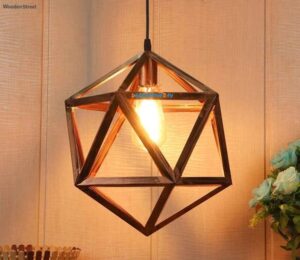
Wooden hanging lights bring a natural, organic feel to interiors, making them perfect for rustic and contemporary designs alike.
Sustainable Option
Many wooden fixtures are crafted from reclaimed or sustainably sourced materials, appealing to environmentally conscious consumers. This not only supports sustainable practices but also adds a story to the lighting design.
Warmth and Texture
Wood adds warmth and texture, creating a cozy atmosphere in any space. The natural grain and color variations in wood can complement a variety of color palettes and styles.
Design Diversity
Wooden fixtures can be carved, shaped, or left in their natural state, allowing for a wide variety of designs. They can be minimalist or elaborately detailed, depending on the overall decor.
Examples
- Wooden Beam Light Fixtures: These can enhance an industrial or farmhouse aesthetic and are often used in dining areas or large living rooms.
- Intricately Carved Wooden Pendants: These can add a touch of elegance and uniqueness, suitable for more formal spaces.
5. Crystal

Crystal hanging lights exude luxury and glamour, making them a favored choice for formal settings.
Prismatic Effect
Crystal refracts light beautifully, creating stunning visual effects and enhancing the overall brightness of a room. This characteristic can transform even simple spaces into opulent environments.
Statement Pieces
Crystal fixtures often serve as statement pieces, elevating the decor and adding a touch of opulence. They can act as focal points, drawing the eye and creating visual interest in the room.
Maintenance
While they require regular cleaning to maintain their brilliance, the resulting aesthetic impact is often worth the effort. Opting for crystal fixtures with removable parts can simplify cleaning.
Examples
- Crystal Chandeliers: These classic options are perfect for dining rooms and entryways, bringing sophistication and elegance.
- Smaller Crystal Pendants: These can add elegance to kitchen islands or reading nooks, creating a refined look without overwhelming the space.
6. Concrete

Concrete is an emerging trend in hanging light designs, offering a unique and modern aesthetic.
Industrial Feel
Concrete fixtures provide an industrial, raw edge that can complement contemporary or minimalist decor. Their bold presence adds character and can often contrast beautifully with softer elements in the room.
Durability
Concrete is incredibly durable and can withstand a variety of environmental conditions, making it suitable for indoor and outdoor use. Its weight and stability also allow for larger fixtures without compromising safety.
Color Versatility
While often seen in grey, concrete can be dyed or textured for a more customized look. This flexibility makes it easy to incorporate concrete fixtures into various color schemes.
Examples
- Concrete Pendant Lights: These can create a striking contrast when paired with softer furnishings, adding an element of surprise to the design.
- Concrete Drum Shades: These fixtures can provide an understated yet stylish look, perfect for modern or industrial interiors.
7. Resin and Acrylic
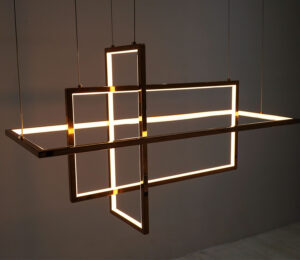
Resin and acrylic are modern materials gaining popularity in lighting design due to their versatility and unique aesthetic.
Light Weight and Durability
Both materials are lightweight and durable, making them easy to install and maintain. They are less likely to shatter compared to glass, providing an added safety benefit.
Colorful Options
Resin and acrylic fixtures can be produced in a variety of colors and finishes, allowing for endless design possibilities. These materials can be molded into intricate shapes, adding a playful element to lighting design.
Examples
- Colorful Acrylic Pendants: These can be used in playful or whimsical spaces, offering a fun pop of color.
- Resin Fixtures: Available in various finishes, resin can mimic other materials while being more affordable and lighter.
Conclusion
The material used in hanging light designs plays a vital role in shaping the overall aesthetic and functionality of a space. From the sleekness of metal and the elegance of glass to the warmth of wood and the opulence of crystal, each material brings its unique charm and character to lighting fixtures. By understanding the properties and visual impacts of these materials, homeowners can make informed choices that enhance their decor and create inviting atmospheres. With the right hanging lights, any room can be transformed into a stylish and well-lit sanctuary, striking a perfect balance between form and function.
Ultimately, the choice of material should reflect your personal style, complement the existing decor, and serve the functional needs of the space. Whether you prefer the warmth of wood, the sophistication of crystal, or the modern edge of concrete, there’s a perfect hanging light for every room in your home.
